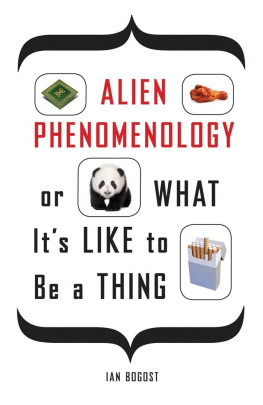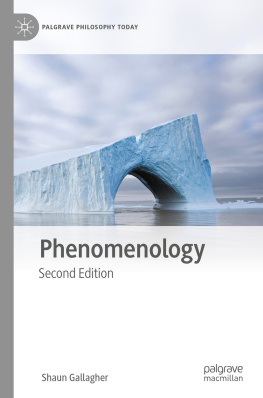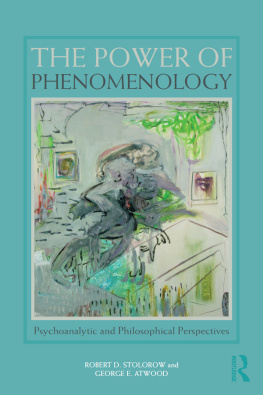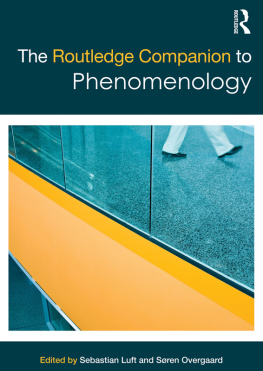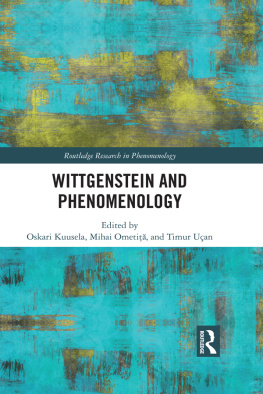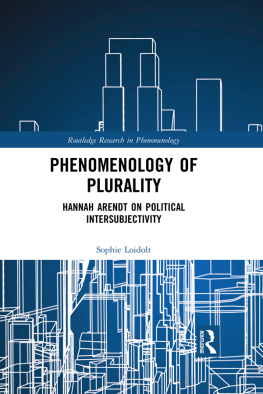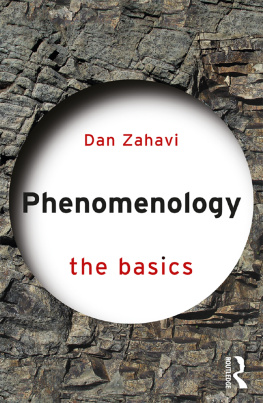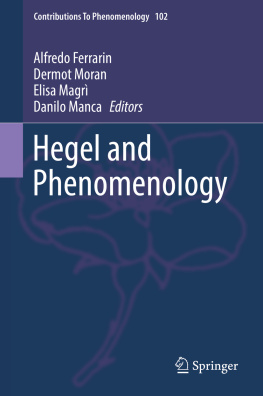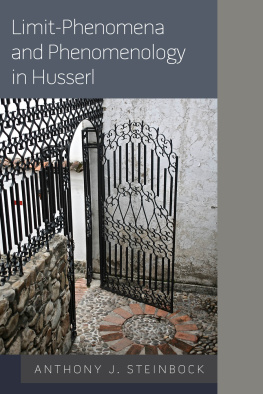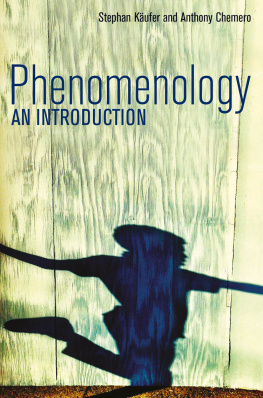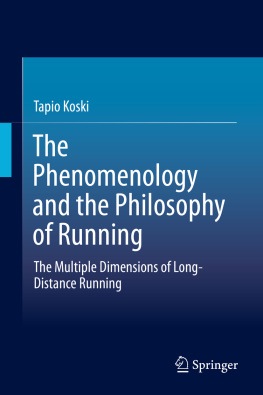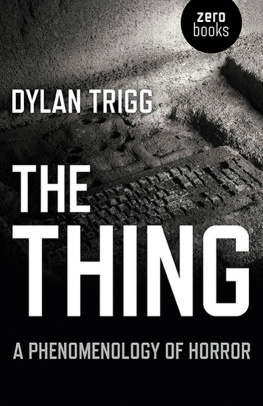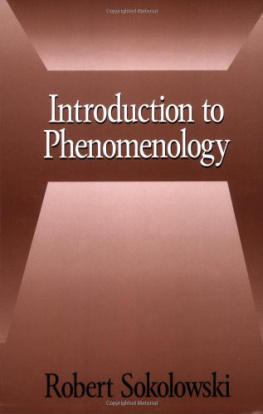Ian Bogost - Alien Phenomenology, or What It’s Like to Be a Thing
Here you can read online Ian Bogost - Alien Phenomenology, or What It’s Like to Be a Thing full text of the book (entire story) in english for free. Download pdf and epub, get meaning, cover and reviews about this ebook. year: 2012, publisher: Univ Of Minnesota Press, genre: Romance novel. Description of the work, (preface) as well as reviews are available. Best literature library LitArk.com created for fans of good reading and offers a wide selection of genres:
Romance novel
Science fiction
Adventure
Detective
Science
History
Home and family
Prose
Art
Politics
Computer
Non-fiction
Religion
Business
Children
Humor
Choose a favorite category and find really read worthwhile books. Enjoy immersion in the world of imagination, feel the emotions of the characters or learn something new for yourself, make an fascinating discovery.
- Book:Alien Phenomenology, or What It’s Like to Be a Thing
- Author:
- Publisher:Univ Of Minnesota Press
- Genre:
- Year:2012
- Rating:5 / 5
- Favourites:Add to favourites
- Your mark:
Alien Phenomenology, or What It’s Like to Be a Thing: summary, description and annotation
We offer to read an annotation, description, summary or preface (depends on what the author of the book "Alien Phenomenology, or What It’s Like to Be a Thing" wrote himself). If you haven't found the necessary information about the book — write in the comments, we will try to find it.
Humanity has sat at the center of philosophical thinking for too long. The recent advent of environmental philosophy and posthuman studies has widened our scope of inquiry to include ecosystems, animals, and artificial intelligence. Yet the vast majority of the stuff in our universe, and even in our lives, remains beyond serious philosophical concern.
In Alien Phenomenology, or What Its Like to Be a Thing , Ian Bogost develops an object-oriented ontology that puts things at the center of beinga philosophy in which nothing exists any more or less than anything else, in which humans are elements but not the sole or even primary elements of philosophical interest. And unlike experimental phenomenology or the philosophy of technology, Bogosts alien phenomenology takes for granted that all beings interact with and perceive one another. This experience, however, withdraws from human comprehension and becomes accessible only through a speculative philosophy based on metaphor.
Providing a new approach for understanding the experience of things as things, Bogost also calls on philosophers to rethink their craft. Drawing on his own background as a videogame designer, Bogost encourages professional thinkers to become makers as well, engineers who construct things as much as they think and write about them.
This book needs to be read by many different audiences since it is not only fascinating but also of considerable significance. As the task of thinking through things as actors in their own right according to Ian Bogosts maxim all things exist, yet they do not exist equally becomes a real intellectual project so the implications of this stance start to multiply. In turn, they begin to produce the outlines of a landscape in which things arent just are. Rather, they form an active cartography which is always and everywhere--an alien ontography. --Nigel Thrift, Vice Chancellor, University of Warwick
Engaging, unpretentious, and often beautiful.--PopMatters.com
Alien Phenomenology is worth a read simply because it is innovative, cleverly written, and bold.--Indie Street Radio
Bogost goes a step further to describe not just what [object-oriented ontology] is, but how one would go about practicing it.--Experimental Progress, blog
The possibilities of Bogosts theory applied to fine arts, theater, music, education, and even science are endless.--New Orleans Review
Bogosts book effectively constitutes an exhortation to humans to stop and smell the aliens--to allow the experience of attempting to think outside of a human conceptual framework to facilitate new ways of thinking that are based in speculation and analogy.--Invisible Culture
The power of Alien Phenomenology, in my reading, is a recreation of a sense of wonder about everything we are in contact with, including the things we craft.--Itineration Journal
Beautifully written and wonderfully stimulating.--Anthem
The refreshing voice of Bogosts philosophy is well-suited to the brand of ontology he champions, and the strength of his prose is its capacity to communicate complex concepts in a straightforward fashion without oversimplifying or essentializing.--SubStance
Alien Phenomenology, or What Its Like to Be a Thing, informed by years of video game design, encourages philosophers and theorists to reinvigorate their commitments to craft--as writers and makers.--Art Papers
Ian Bogost is professor of digital media at the Georgia Institute of Technology. His most recent book is How to Do Things with Videogames (Minnesota, 2011).
Ian Bogost: author's other books
Who wrote Alien Phenomenology, or What It’s Like to Be a Thing? Find out the surname, the name of the author of the book and a list of all author's works by series.

